
Developer: Grimlore Games
Publisher: THQ Nordic
Platform: PC
Tested On: PC
SpellForce 3: Fallen God – Review
SpellForce 3: Fallen God is a standalone expansion to the popular Spellforce series. The game is a mixture between RTS and an RPG, with an emphasis on resource management and world-building. Needless to say, the game does a fantastic job juggling both story and gameplay respectively. The game also supports PVP multiplayer if players are looking for a competitive aspect to the game.
Story
The story in Fallen God is an enjoyable one, to say the least. Before the story starts, the player is taken to the character creation screen, where they have the option to customize three Trolls that travel with the main character. The options are limited, but varied enough to make each Troll the player creates unique, ranging from names, skill trees, height, and even hair.
The story introduces the player into a fantasy world revolving around a group of intelligent tribal trolls that go by the name of “Moonkin”. The Moonkin are on the brink of extinction suffering from an ongoing plague called the bloodrot which stemmed from “Bloodburn”, another illness a few hundred years back. Those who managed to survive suffer from bloodrot, which weakens and makes the trolls infertile making reproduction near hopeless. What makes matters worse is that they are constantly hunted by “Tusk Hunters”, Elven poachers hunting the trolls for their rare ivory tusks and “Orc Slavers”, orc tribes looking to make slaves out of the weaker Troll tribes.
During another scramble with Tusk Hunters, the leader of the tribe dies and leaves control of the clan to his son Akrog, who is the main character, much to the dismay of the other warriors because of his feebleness and kindness. Later on, the clan is attacked again with only a few surviving members left, with their only hope for survival is ironically being, a dark elf who tells them to revive a demigod named Fial Darg, which is said to be the creators of trolls and orcs. If they were to free it, the god would maybe help in return by removing the bloodrot, Tusk Hunters, and the Slavers.
Overall the story is very well done. Over time, the player will grow to understand the culture and customs of the Moonkin and learn how fleshed out the tribe actually is, which was surprising to see. Akrog is a troubled character with obvious flaws and insecurities. Considering he was thrown into a seat of power with no choice in the matter, he is constantly plagued with supernatural visions which is a gift and a curse of being the tribe leader. Supporting that is the fact that the story changes with multiple endings based on the choices the player makes, giving the plot more importance as time goes on.
Graphics
The graphics are also a highlight. From a technical standpoint, the game has multiple options to reach optimal settings, with the standard changes like depth of field, v-syncing, and filtering. Players can go even further, with the additions to the lighting, shadow, and water effects. This can really help players with low-end graphics cards and PCs to also play the game, and at a steady frame-rate. During combat, the game did have some dips and glitches, the standard fare, such as having enemies stuck behind invisible objects. In spite of that, there was nothing noticeable to consider game-breaking so overall no problems here.
Sound
The sound design is fantastic, with the primary focus being on the voice-acting. The entire story is fully voice acted, as well as the side characters. The trolls speak in the third person, referencing themselves in almost every line with language similar to broken English, which fits well. In certain areas such as caverns and lush areas, players are able to hear subtle sounds in the backgrounds like waterfalls and insects, making the maps much more lifelike.
Gameplay
SpellForce 3: Fallen God is a mixture of RTS and an RPG. Explaining the RTS side, the majority is what players would expect, an emphasis on base and resource management, with the options to upgrade different military units in the player’s faction. However, the game takes a slightly different turn when it comes to the mechanics. Instead of having a wide area as a base for levels, the game uses sectors. Each sector has specific resources that can be collected, as well as certain numbers of workers that can collect and build in each, adding more strategy.
Next is how leveling and upgrading works. Instead of the standard fare for sending troops to battle and gaining experience that way, the game has the player invest in certain buildings that allow the player to fully customize different types of troops. As time goes on, players can extend the customization, creating specialist classes based on the buildings the troops used. This makes the grind for certain classes way easier, allowing for equal attention to the players army, rather than picking and choosing specific types.
On the RPG side of things, along with the player’s main character, control is also extended to other hero archetypes. Each character in this class has unique stats and abilities, which can easily turn the tide of battle when compared to the standard rank and file troops. These characters, however, grow with experience from battle rather than the base mechanics that the standard troops do, which allows the player to fully alter their abilities and stats. When it comes to combat, it’s more similar to a point and click version of Diablo, just clicking on an enemy starts an auto-attack, and the hotkeys can be mapped to a specific ability.
In addition to the campaign, there are other modes available as well, such as online co-op through the entire campaign as well as a skirmish mode, a PVP mode where players can battle each other in the typical RTS format. With more factions available such as the Orcs, Fairies, and Elven factions, each faction has a unique playstyle that makes multiplayer more dynamic and enjoyable. If players aren’t really looking much on the story aspect of Spellforce 3, the skirmish modes are more than enough to hold down the fort.
However, there are a few issues with the campaign when it comes to pacing. Since the game tries to handle two different gameplay styles, the campaign can get very overwhelming trying to incorporate as much content as possible. The game does have tutorials to try and teach the player but sometimes it just gets crowded with the numerous missions, skirmishes and side-quests that will eventually flood the left side of the screen. More or less the game expects you to be knowledgeable about how the hybrid system works, especially with the campaign, which can be very overwhelming to new players in the franchise.
Conclusion
SpellForce 3: Fallen God is a staple that proves that a blend of two very dissimilar genres of games can work given the time and effort. The game can appeal to both RTS and RPG fans alike, with the option to pick what they would like to enjoy. The voice-acting and graphic optimizations are great, and the same can be said for the fleshed-out story. Aside from pacing problems, this standalone expansion is well worth the extra visit in the Spellforce trilogy.
SpellForce 3: Fallen God - Review,1 Comment
Leave a Reply
You must be logged in to post a comment.

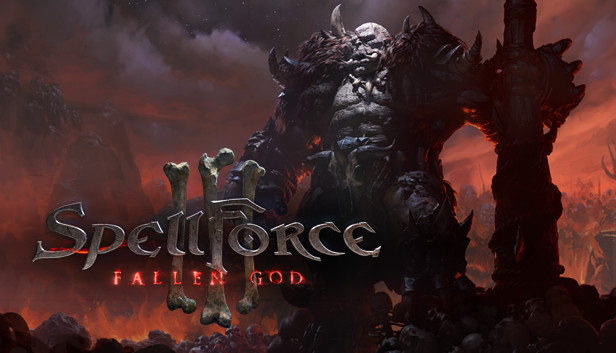
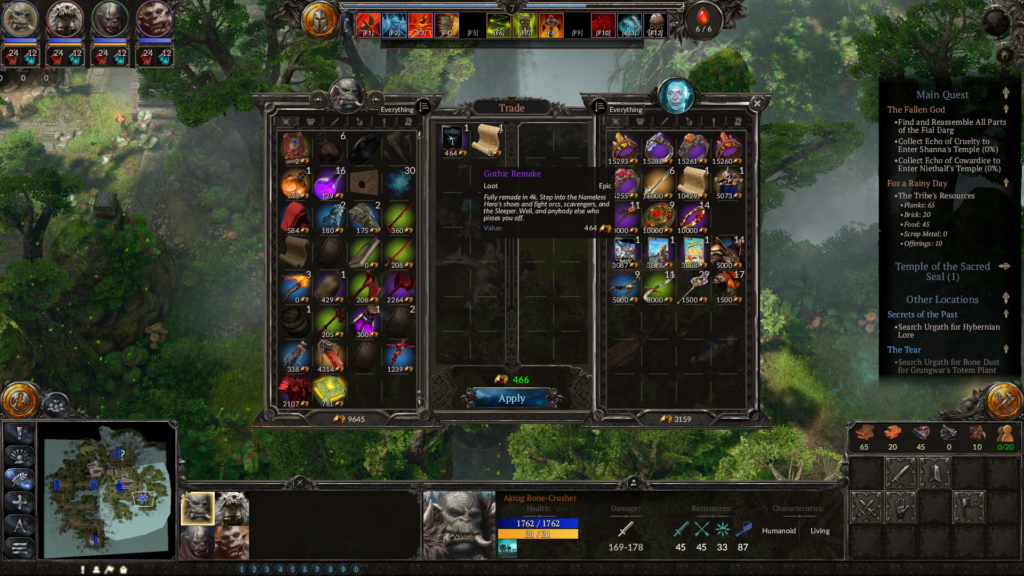
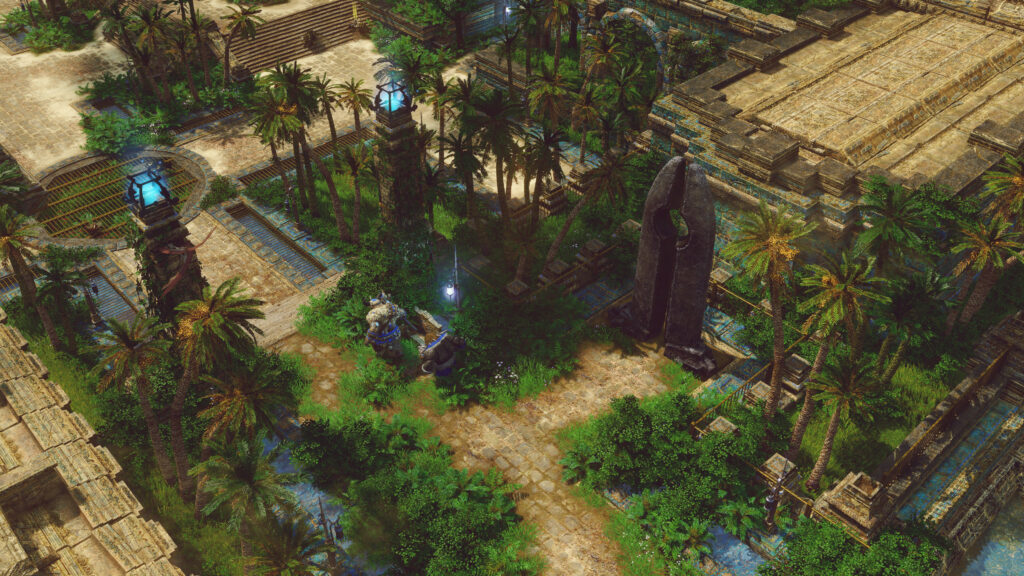
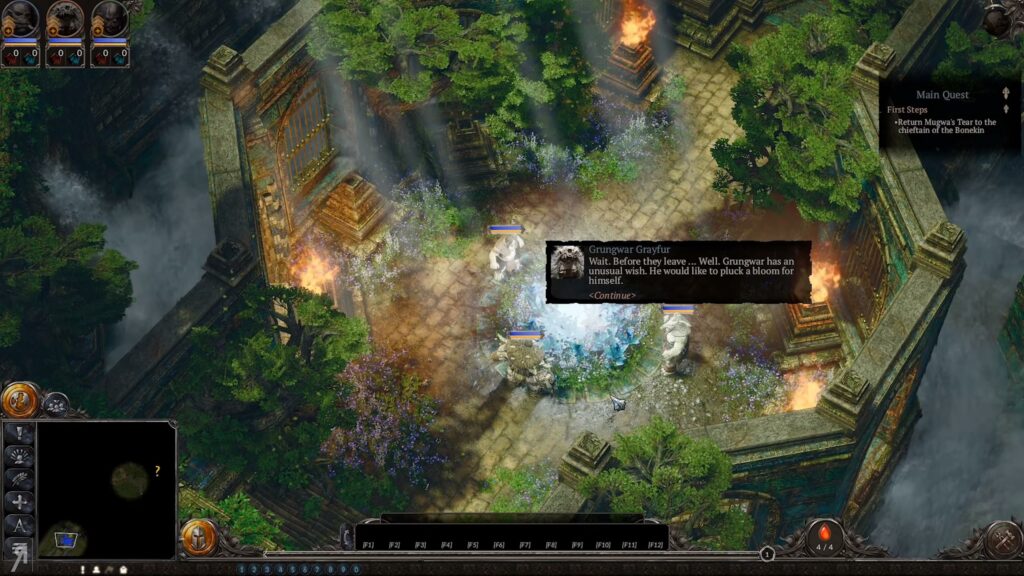
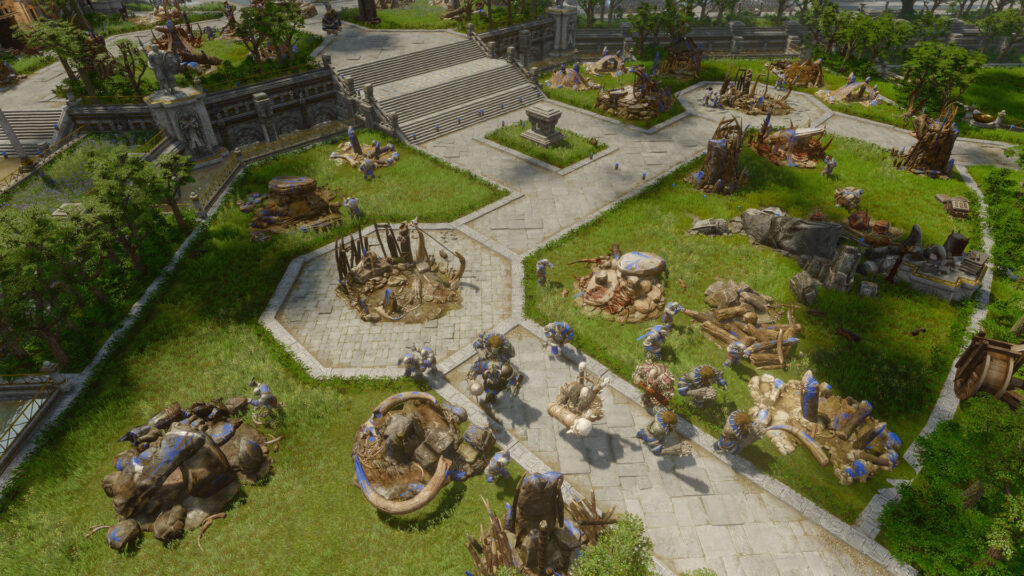
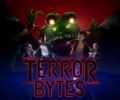
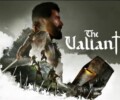
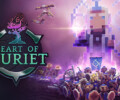

[…] Nordic has announced that the development of SpellForce III Reforced is going to take more time than they thought, which means that they’ve moved the release date to […]